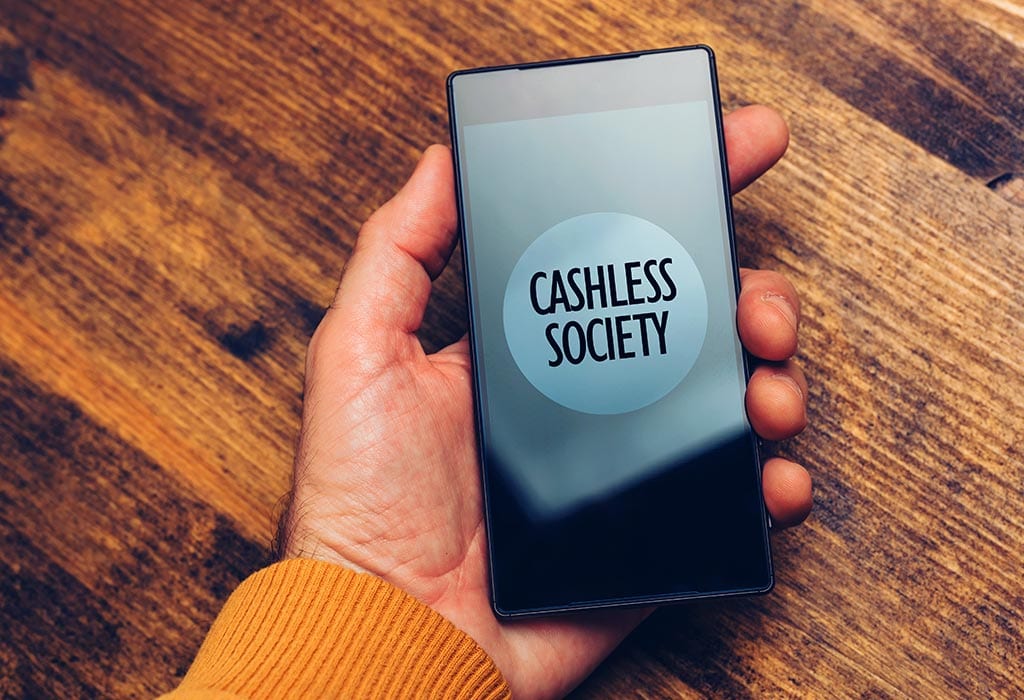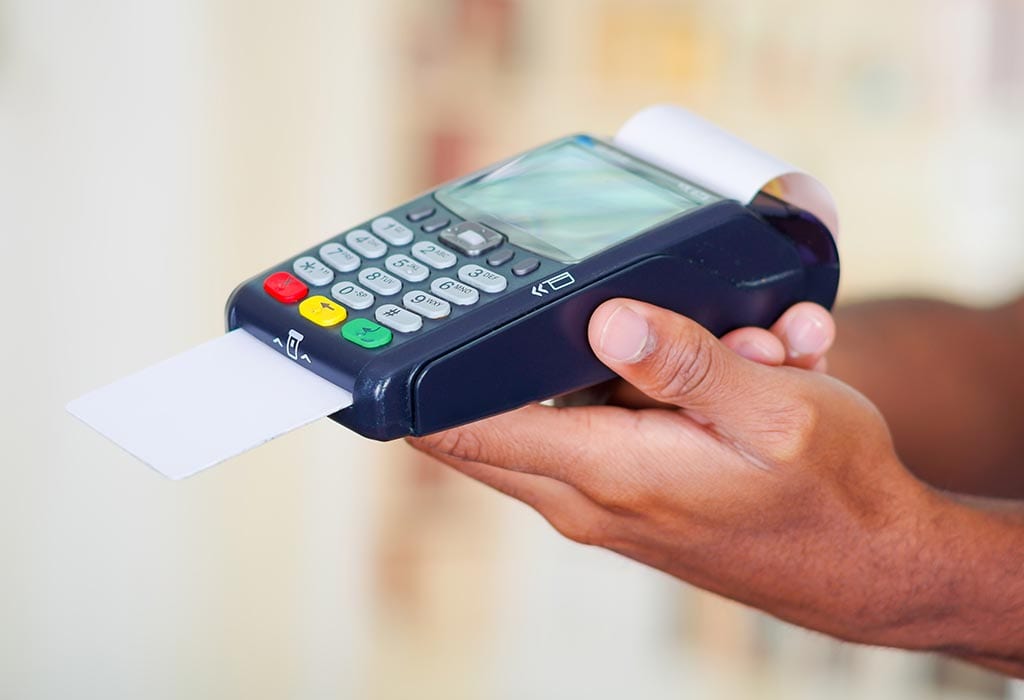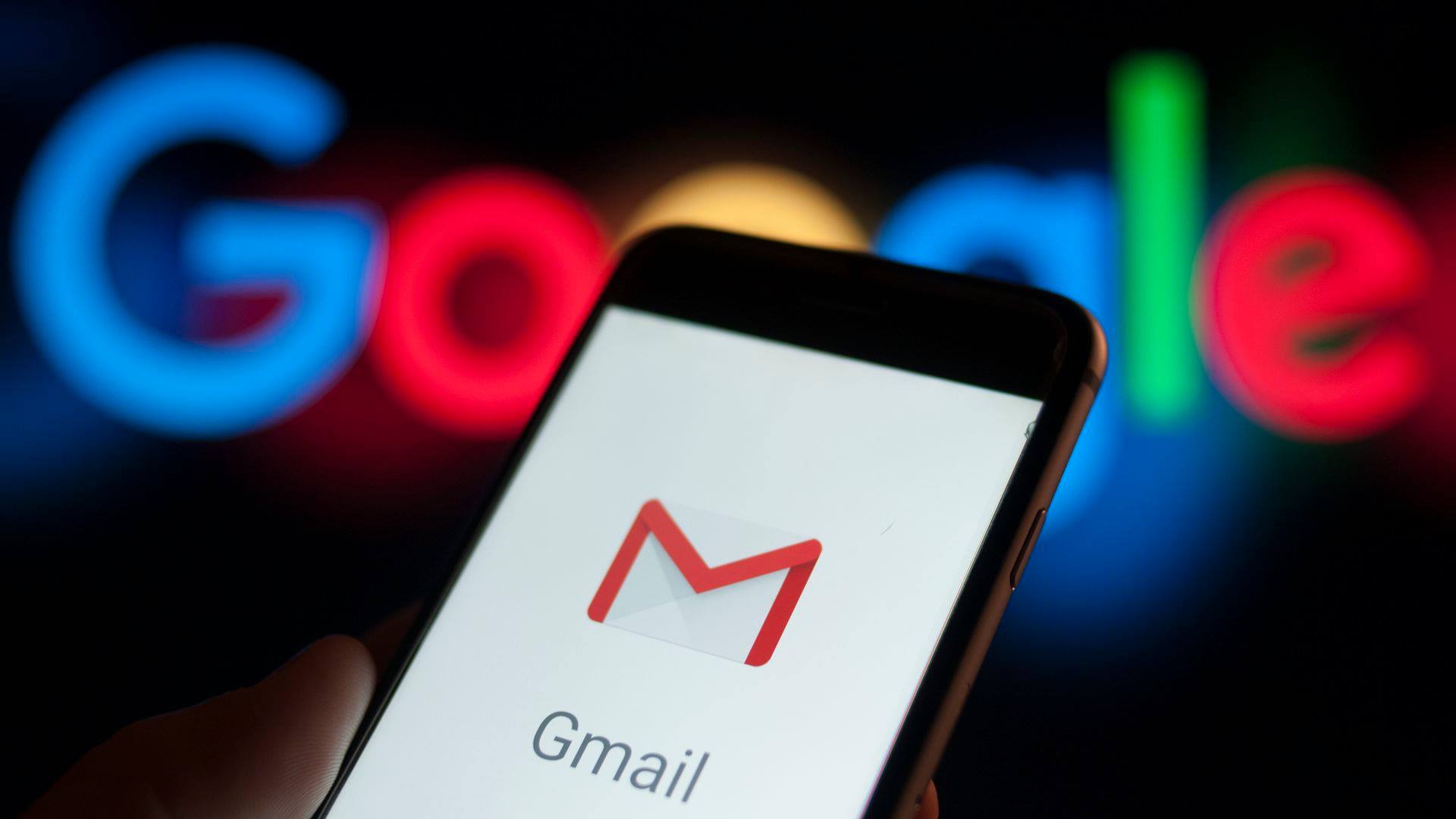While the world has been moving towards cashless, or digital, payments for nearly a decade, Indians have been prevented from going cashless, even though we have the technology to make it happen.
This can be attributed primarily to the fear of losing money through an incorrect transfer. Another fear that plagues most Indians is that it's easy for anyone to hack their device and steal all their money. Don't worry, because it's a good time not to go into security mode, and we'll tell you why!
What are cashless transactions?
A cashless transaction is an automated or online transaction that may take place between two individuals, a business, or an organization. A digital transaction is a cashless transaction that specifically does not involve paper to complete the transaction. Purchasing goods from e-commerce websites, signing employment contracts online, or even purchasing movie tickets through a smartphone app all fall under the umbrella of digital transactions. These processes are accurate, faster, convenient, and certainly easier. Many people are unwilling to accept the benefits of a cashless transaction simply because they can't navigate digital devices or are simply happier transacting with cash. Read about a range of cashless transactions that simplify everyday transactions.
The importance of non-cash transactions on the cash flow statement:
Types of non-cash payment methods
There are many ways to go cashless. Here are some of the best ways to help you navigate your way to a cashless world:
1. Checks and Demand Drafts
A check is one of the safest and oldest methods of cashless payment. A check is issued to an individual or company for a specific amount. This check is deposited at the recipient's bank, and the funds are received through payments processed by a clearing house. A demand draft is considered more secure than a check because it cannot be tampered with or tampered with, unlike a check. A banker's signature on a payment to the bank ensures that there are sufficient funds for a successful transaction. The disadvantages of checks and deposits are that they are time-consuming because the person must visit the bank and then wait for the check to clear.
2. Debit and credit cards
Debit and credit cards have become a cashless method of commerce. Many consider debit cards safer because you handle the funds in your account. The risk with credit cards is overspending. Debit and credit cards can be used to make online purchases as well as to buy tickets in-store.
3. UPI applications
UPI stands for Unified Payments Interface. UPI has changed the way we transact. The core functionality of UPI is that our mobile numbers are registered with our respective banks and linked to our accounts. A virtual payment address helps us send or receive money without entering any bank information. Merchants will need an existing account to receive UPI payments. Popular UPI apps currently include BHIM, PhonePe, Google Pay/Tez, ICICI Pocket, and SBI Pay.
4. Phone case
Mobile wallets have become a convenient way to make cashless payments. Once you load money into your mobile wallet, you can use it anywhere it's accepted. The most popular mobile wallet is Paytm. The downside to mobile wallets is that they aren't linked to your account. Once you load money into your mobile wallet, you can only spend it at merchants who accept payments through the app.
5. National electronic money transfer and real settlement total time
National Electronic Funds Transfer (NEFT) and Real Time Gross Settlement (RTGS) are electronic payment systems that allow convenient fund transfers between bank accounts. Both facilities are maintained by the Reserve Bank of India (RBI). The facilities can be used for fund transfers only within India. The RTGS transfer window is from 8 am to 4.30:8 pm on weekdays and bank working days. NEFT settlements occur in deferred payments between 00:7 am to 00:XNUMX pm on bank working days. There is no facility for “stop payment” instructions in the case of either system, and payments are irrevocable.
6. Instant payment service
Instant Payment Service (IMPS) is a service initiated by the National Payments Corporation of India. The prerequisite to availing IMPS services is that the user also needs to register for mobile banking. Once registered, the user can avail IMPS service even through internet banking. Money can be sent or received 27*7, and there is no time limit for transactions. IMPS can be performed using the receiver's MMID (Mobile Money Identifier) or IFSC code and bank account number. The advantage of IMPS over NEFT and RTGS is that it is received instantly.
7. Unstructured supplementary service data
Unstructured Supplementary Service Data is a cashless option for those who don't have a smartphone or tablet. It works offline, unlike most other digital payment services. It's a form of mobile banking, where you dial *99# to use the service. The service mirrors IMPS and uses the MMID with a mobile number or the IFSC code with the account number for a successful transaction.
8. Elite Group for Computer Systems
ECS stands for Electronic Clearing Service. It's a convenient method for making bulk payments, particularly for utility bills, equal monthly installments, and for financial institutions disbursing payments such as pensions, salaries, or distributed interest. ECS can be used for both debit and credit services. You must provide authorization to your bank to make recurring debits or credits. It's a secure method because instructions can be given regarding the maximum debit amount, the expiration period for the stated term, or the purpose of the transaction.
9. QR codes
QR codes are an extension of mobile wallet payment services. You can simply scan the merchant's service code to complete your transaction. This requires a smart device with a camera and scanning capability. It's a quick and hassle-free way to transact digitally.
10. Net banking
Net banking is an alternative to using your debit or credit card. Users need to log in to their net banking account to authorize payments. Net banking gives you the flexibility to transact even if you misplace or lose your debit card. You can use online banking to make utility payments, purchase goods and services online, or send and receive money.
11. Gift cards or vouchers
Gift vouchers are an easy way to get cashless money, and they're a great idea because the recipient can decide what they want to buy with the voucher. Stores also offer discounts on gift vouchers, which works well for the buyer as well.
What are the benefits of cashless transactions?
There are many benefits to having a cashless economy. Although it will take a few more years for India to become a fully cashless economy, cashless transactions in India have seen a sharp increase since the first quarter of 2017.
- The boom in the cashless economy is advancing the cause of digitization and bringing us one step closer to using technology at its best.
- Physical thefts and robberies will decrease with a decrease in cash turnover.
- The overall cost of printing currency will decrease. It will also reduce the incidence of counterfeit currency.
- Mobile cards and wallets are easier to carry and take up less space than cash.
- It becomes easier to keep track of your expenses because everything is tracked online.
Discounts and cashback are offered for online payments. Reward points are also offered by mobile wallets and UPI apps to attract more users.
- Service tax waived on card transactions up to 2000.
- Online transactions improve your budgeting system. Having less cash in your wallet forces you to
- Cut down on smaller, regular expenses that creep onto your spending list.
- Transactions online can help you with specific amounts. This means there's no fighting over
- Small change or pay an extra rupee because you are short on currency.
- If cards are lost or stolen, they can be blocked within minutes to prevent misuse.
FAQs
Some frequently asked questions are listed below for your reference:
1. How can I transfer money to another bank account online?
You can use NEFT, RTGS, or IMPS to transfer money to another bank account. NEFT and RTGS are services provided by the Reserve Bank of India. UPI apps have also made account creation very easy.
2. Are there any fees for online banking services?
Different banks have different slabs they charge for NEFT and RTGS transactions. For example, State Bank charges ₨ 1 + GST at 18% for transactions up to ₨ 10/-, while multinational banks charge ₨ 000 + GST for the same slab. RTGS charges start at ₨ 0.25 and increase depending on the amount being transferred.
3. How does the mobile wallet work?
Mobile wallets hold digital information about your credit or debit cards, or hold virtual funds transferred from your bank account via IMPS or online banking. The app uses information transmission technologies such as near field communication (NFC) or QR codes to interact with a merchant's payment terminal.
4. Are e-wallets responsible for any transaction fees?
E-wallets do not have transaction fees. Some e-wallets may charge a small fee to transfer funds to your bank.
5. How to withdraw unused funds from e-wallets?
You can now withdraw unused funds from e-wallets at ATMs and retailers. Simply tap your balance, then tap Withdraw. This will allow you to select the withdrawal location. Select and specify the amount you wish to withdraw. You will be given a PIN to use for withdrawal.
6. Can I get cashback and promo codes on mobile wallets?
Many mobile wallets incentivize customers by offering rewards and cashback on transactions made through their apps. Some popular wallets that offer promo codes, discounts, and cashback are Phonepe, Paytm, Tez, Freecharge, and MobiKwik.
7. What is the difference between NEFT, RTGS and IMPS?
While RTGS is a real-time transfer and is used for larger amounts of money, NEFT is a deferred transfer and is used for smaller amounts of money. The minimum amount required for RTGS is 2 lakhs while it has no upper limit. Both RTGS and NEFT have a cut-off time set by the RBI. IMPS is an instant service that has no cut-off time and can be used for small and large amounts of money up to 2 lakhs.
8. How many UPI transactions can be done in a day?
A maximum of 10 transactions can be made per account within 24 hours using UPI. It doesn't matter which UPI you use as long as the bank account is the same.
Digital transactions give individuals and businesses the freedom to carry large amounts of cash around. The economy benefits from online transactions because they offer greater transparency. They bring convenience to individuals' lives while also providing economic benefits to businesses and the government itself.






